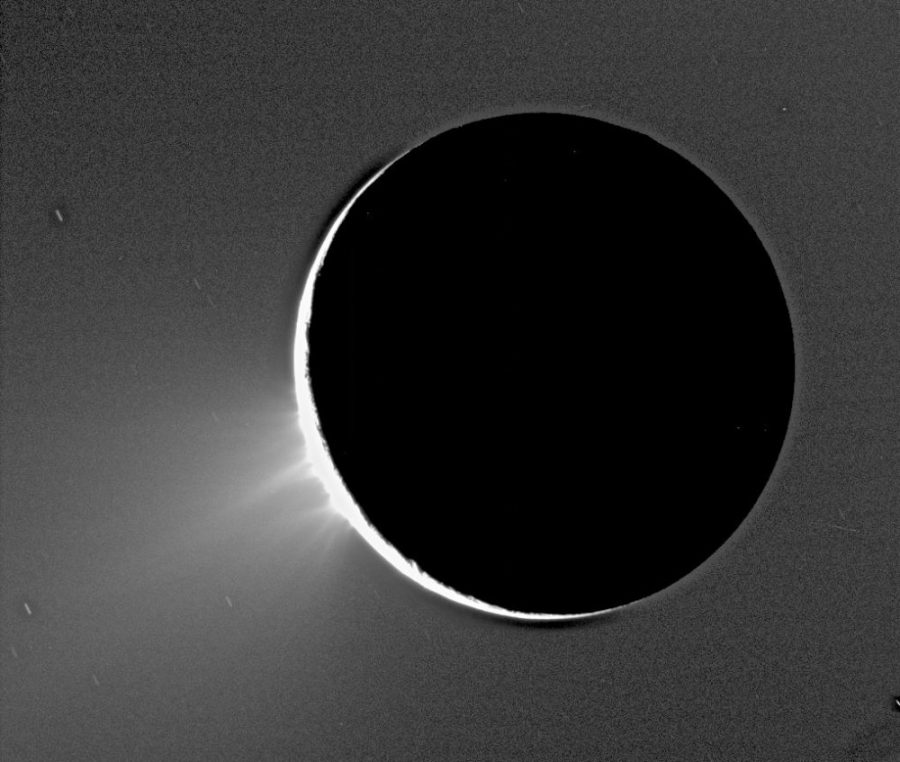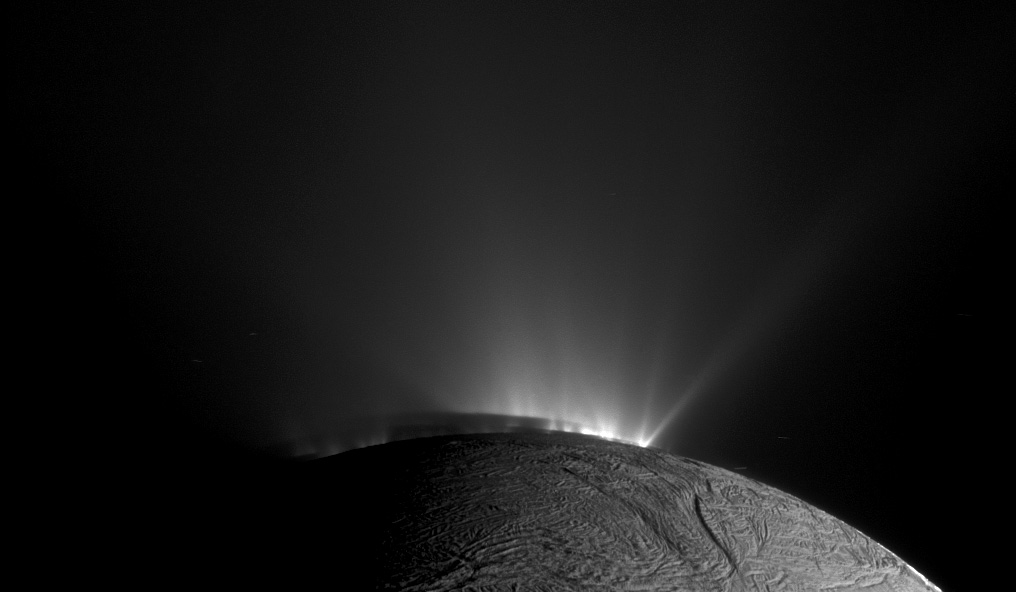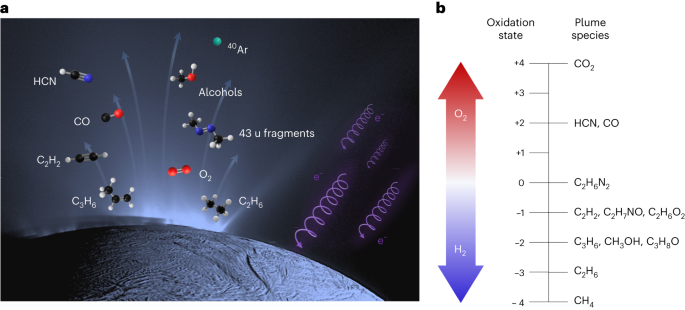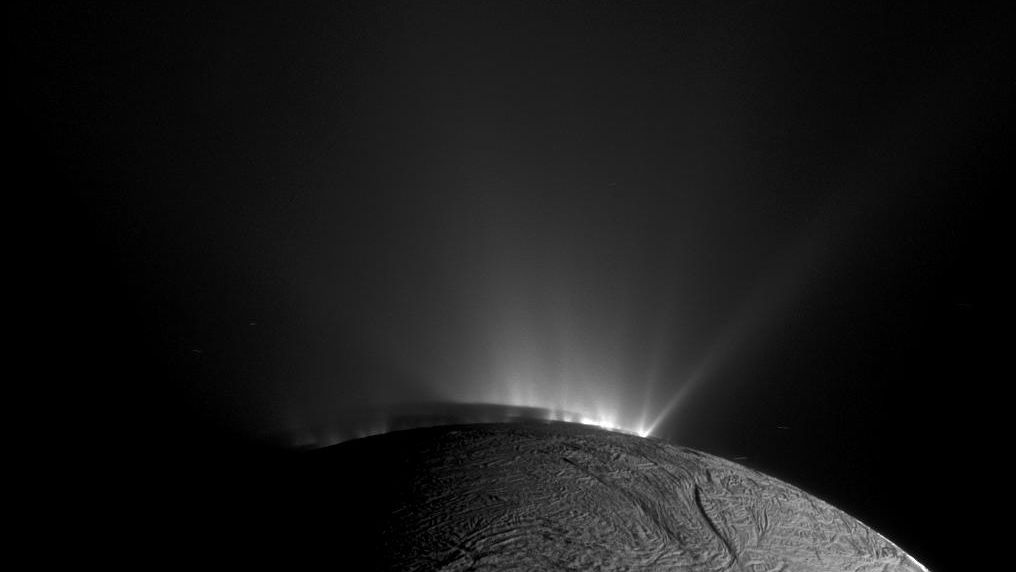Al-O-Meter
Well-Known Member
NASA launched the Cassini spacecraft in 1997 and it looped through Saturn’s system of moons from 2004 through 2017 before plunging into Saturn’s atmosphere. The whole time it was beaming back massive amounts of data which scientists are still combing through.

Enceladus is a moon of Saturn with a liquid water ocean like Earth but the ocean is covered by a thick sheet of ice. Astronomers have long seen jets of this Enceladus ocean water shooting through cracks in the ice sheet and into space. One of the mission objectives of Cassini-Huygens was to fly through one of these plumes to sample the Enceladus ocean water and beam back the results. The spacecraft successfully completed the fly-through of the Enceladus plumes on October 28, 2015.

NASA released those results this past week.

 www.nasa.gov
www.nasa.gov

 www.nature.com
www.nature.com

 www.space.com
www.space.com
Enceladus is a moon of Saturn with a liquid water ocean like Earth but the ocean is covered by a thick sheet of ice. Astronomers have long seen jets of this Enceladus ocean water shooting through cracks in the ice sheet and into space. One of the mission objectives of Cassini-Huygens was to fly through one of these plumes to sample the Enceladus ocean water and beam back the results. The spacecraft successfully completed the fly-through of the Enceladus plumes on October 28, 2015.

NASA released those results this past week.

NASA Study Finds Life-Sparking Energy Source and Molecule at Enceladus - NASA
A study zooms in on data that NASA’s Cassini gathered at Saturn’s icy moon and finds evidence of a key ingredient for life and a supercharged source of energy

Detection of HCN and diverse redox chemistry in the plume of Enceladus - Nature Astronomy
An information-theory-inspired re-analysis of Cassini mass spectrometry data reveals the presence of HCN and partially oxidized organics within the plume of Enceladus. Ongoing redox chemistry may create a habitable environment.

Saturn moon Enceladus harbors key ingredient for life
'Not only does Enceladus seem to meet the basic requirements for habitability, we now have an idea about how complex biomolecules could form there, and what sort of chemical pathways might be involved.'
Last edited:
